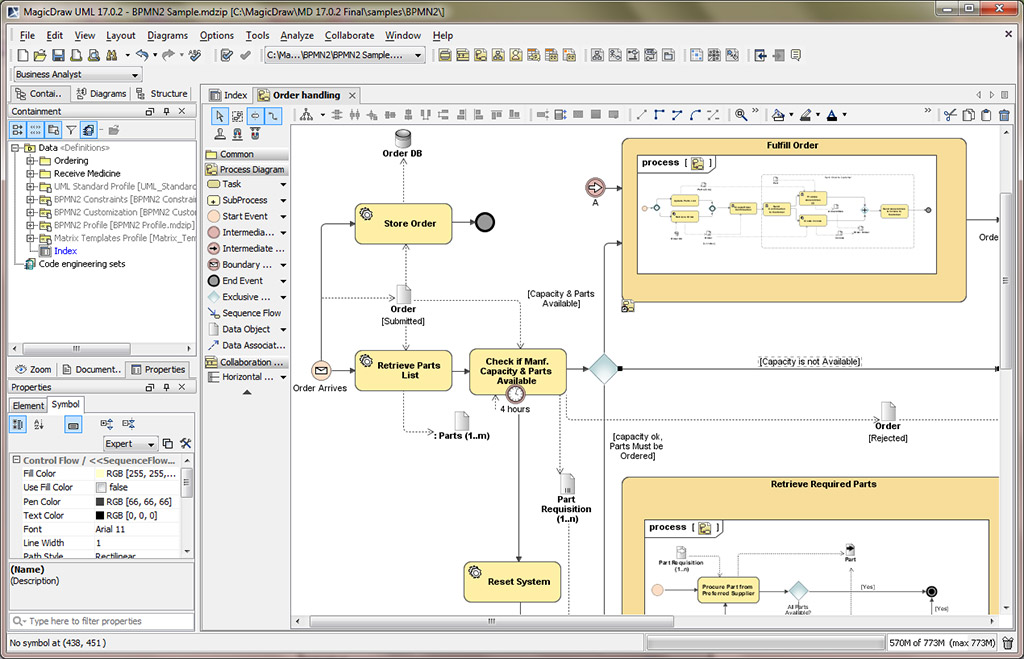
Text quoted from the UML specification for educational purposes remains © Copyright OMG. © Copyright 2019 Darren R C Kelly (Webel IT Australia).

The solution retains all the best diagramming, collaboration, persistence, and documentation capabilities while offering more customized capabilities tailored to systems engineering needs. It is assumed that you have read the referenced MagicDraw help pages on Stereotypes and about creating your own Domain Specific Language (DSL) Customizations.įor information on Webel's IT Training courses in UML and Model Based Systems Engineering (MBSE) with SysML and MagicDraw SysML/Cameo please visit:ĭISCLAIMER: This video is not officially endorsed by the tool developers (No Magic/Dassault Systèmes). Cameo Systems Modeler is based on the award-winning MagicDraw modeling platform. At about 1 hr 35 mins length, it is not anticipated that viewers will watch this entire analysis video in a single sitting it serves as an advanced follow-up reference for attendees of Webel IT training courses for MBSE with SysML. Please note, this is not structured as a tutorial, it is an analysis screencast (but you can learn plenty from it).

It concerns especially use of custom stereotypes to indicate: (1) cross-cutting aspects such as model layer membership (2) use of tagged values to carry per-Element metadata. This screencast video has been created to illustrate some pros and cons of using custom stereotypes in combination with Block inheritance and Part Property structures, and demonstrates some possible "gotchas". Audience: Users of MagicDraw SysML or Cameo Systems Modeler who are experimenting with creating custom stereotypes for SysML.


 0 kommentar(er)
0 kommentar(er)
